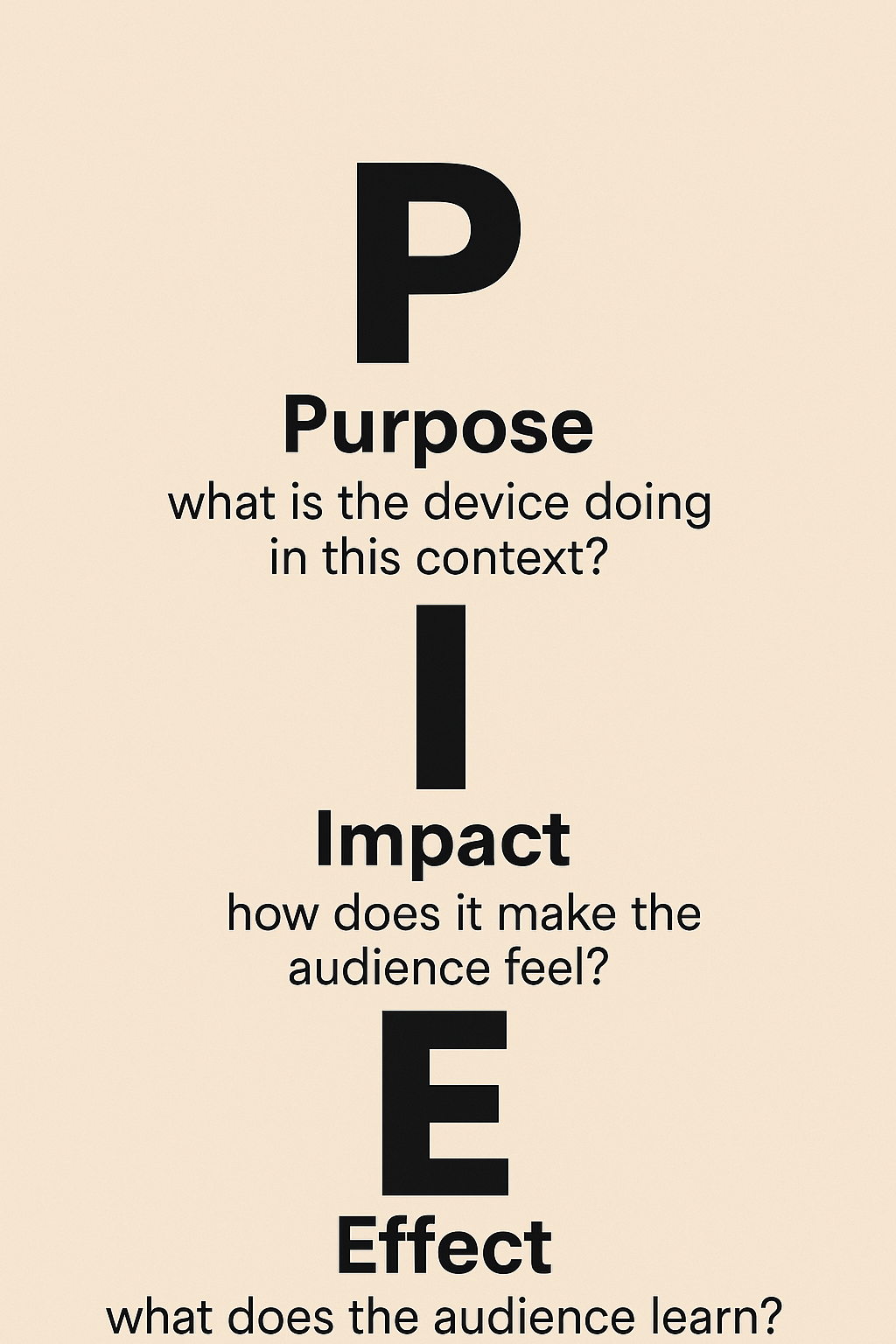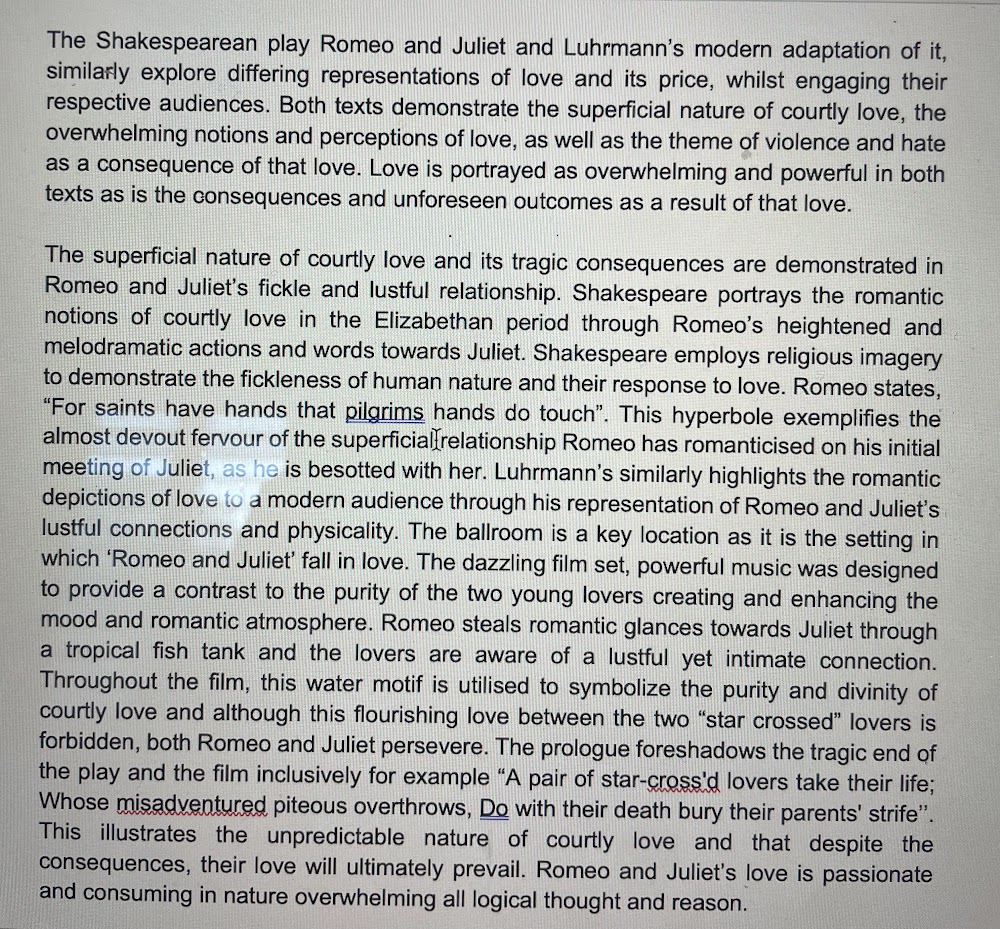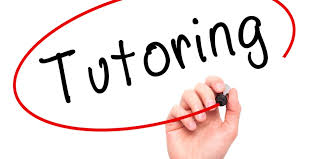
Every child learns differently, and while classrooms provide a solid foundation, some students need a little extra support to reach their full potential. This is where tutoring can make a significant difference. Whether a student is struggling to keep up, wants to get ahead, or simply needs more confidence, personalised tutoring can have a profoundly positive impact on their learning journey.
One of the most powerful benefits of tutoring is the one-on-one attention it provides. In a typical classroom, a teacher must divide their attention among 20 or more students, which can make it difficult to address each child’s individual needs. Tutoring offers a tailored approach, allowing the tutor to adapt their teaching style, pace, and content to suit the learner. This level of personalisation helps students grasp concepts more effectively and bridges gaps in understanding.
Tutoring also builds confidence. Many students are hesitant to ask questions in class for fear of embarrassment. In a supportive, pressure-free tutoring environment, children feel safer expressing their confusion and are more likely to engage deeply with the subject matter. As their understanding improves, so too does their self-esteem and willingness to participate in school.
Additionally, tutoring encourages positive study habits and organisational skills. Tutors often help students set goals, manage their time, and develop routines that extend beyond academics. These are crucial life skills that not only support success in school but also lay the groundwork for future achievements.
Importantly, tutoring isn’t just for those who are falling behind. High-achieving students also benefit from the extra challenge and enrichment tutoring can provide. It keeps them engaged, encourages critical thinking, and promotes a love of learning that can last a lifetime.
In today’s fast-paced educational landscape, tutoring serves as a valuable tool to ensure every child has the opportunity to thrive. With the right guidance and support, tutoring can unlock a child’s potential, foster resilience, and transform the way they approach learning.
Saoirse Early










